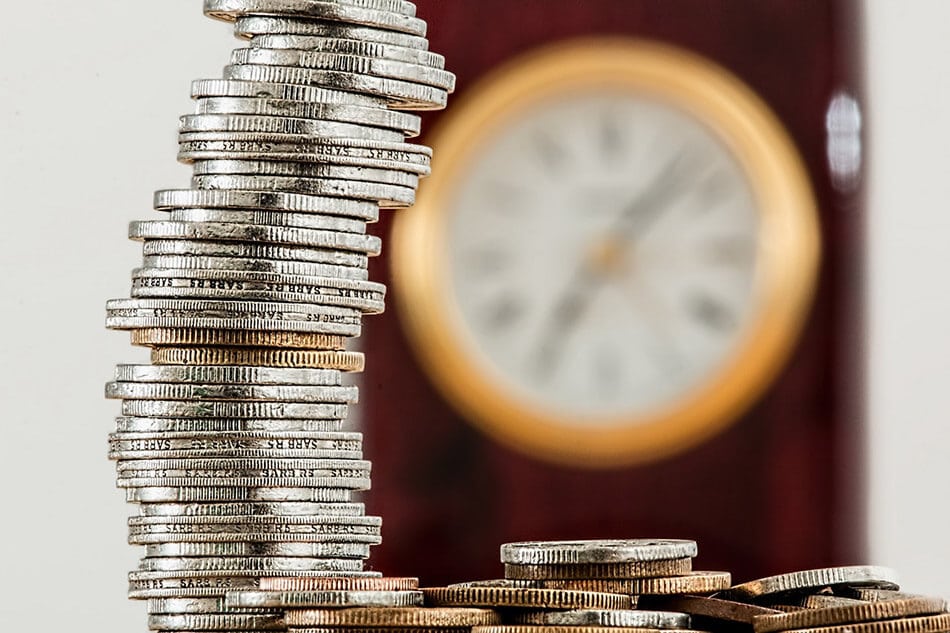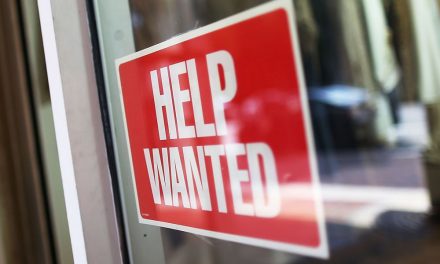The Fed Reserve implemented a new ‘patient’ method to financial policy last month. It has no control over how long the plan would last or how high would the interest rate will increase.
“One rate hike or perhaps none at all,” answered by the three Fed Reserve policymakers this week. It is disappointing for retail sales. It may also slow the growth industrial production has seen lately.
In March, the very first full read of the policymakers’ insights on the publication of forecasts, those that wrote it are wary about releasing statements.
The delivered projections for this week propose some at the United States central bank to take a break from the economy. President Raphael Bostic of Atlanta Federal-Reserve Bank and President Patrick Harker of Philadelphia Fed have already increased rates once this year; whereas President Mary Daly of San Francisco Federal, has avoided it.
The March forecast for the Federal Reserve, if widely-viewed, shows an unexpectedly flatter path of interest rates which match the new ‘patient’ policy. If the Fed gained interest rates for the fourth time in December, most of the Federal policymakers marked two additional rate increases for this year.
In the Wall Street Journal interview, Daly stated, “If the economy evolves as I just said I expect it to minus two-percent growth, 1.9-percent inflation, no sense (price pressures are) going up, no sense that we have any acceleration- then I think the case for a rate increase isn’t there this year.”
She also added, “I have moved down from having a penciled-in number to having a very patient outlook” that even if the economy suddenly surges, the increase in rate is appropriate.
However, Bostic stated that their viewpoint for 2019 is still in the trend, so there is no need to rush in increasing rates. It is around 2.5 percent lower than the last year but is above the economy’s expectation.
Federal officials expected economic growth this year as compared to last year where it impacts the central bank to decrease. In the previous months, its expectation of sudden slowdown became slower than the anticipated growth overseas; also, the financial market turbulence in the U.S. where some degree spill-over into the consumer’s spending and businesses investing and hiring.
According to the Federal Governor Lael Brainard, it is more comfortable to wait and see how it plays out before the policy rate changes.
The most significant drop in January in eight months released this week presenting its weak sales report.
Even though, Bostic’s outlook did not change that there will have an increased rate this year.
Bostic told the reporters at the workforce development conference that, in his point of view of the economy, he did not think of it represents a significant change, but in case the retail continues to fall “we have to take that on” in the economic forecast.














